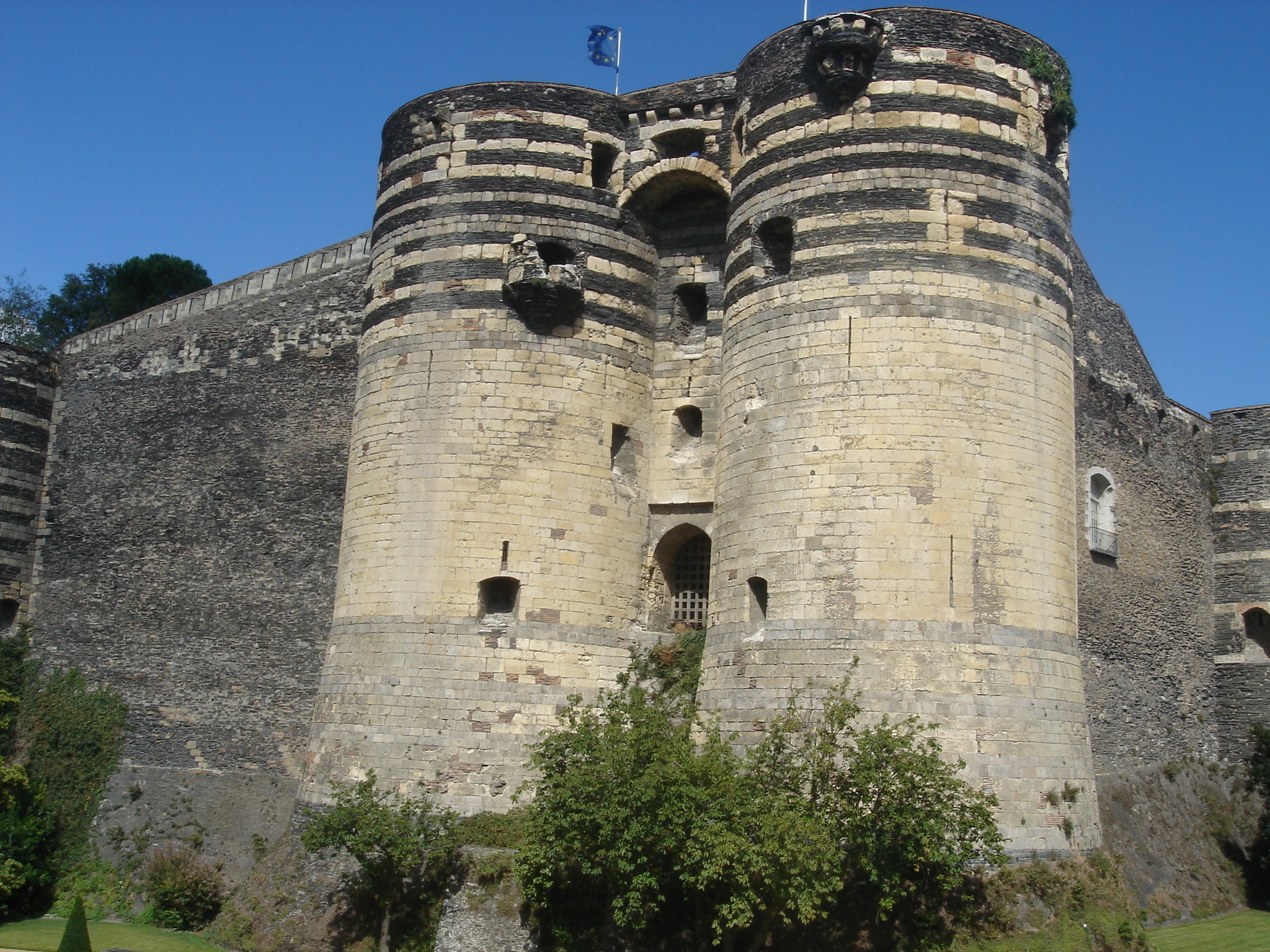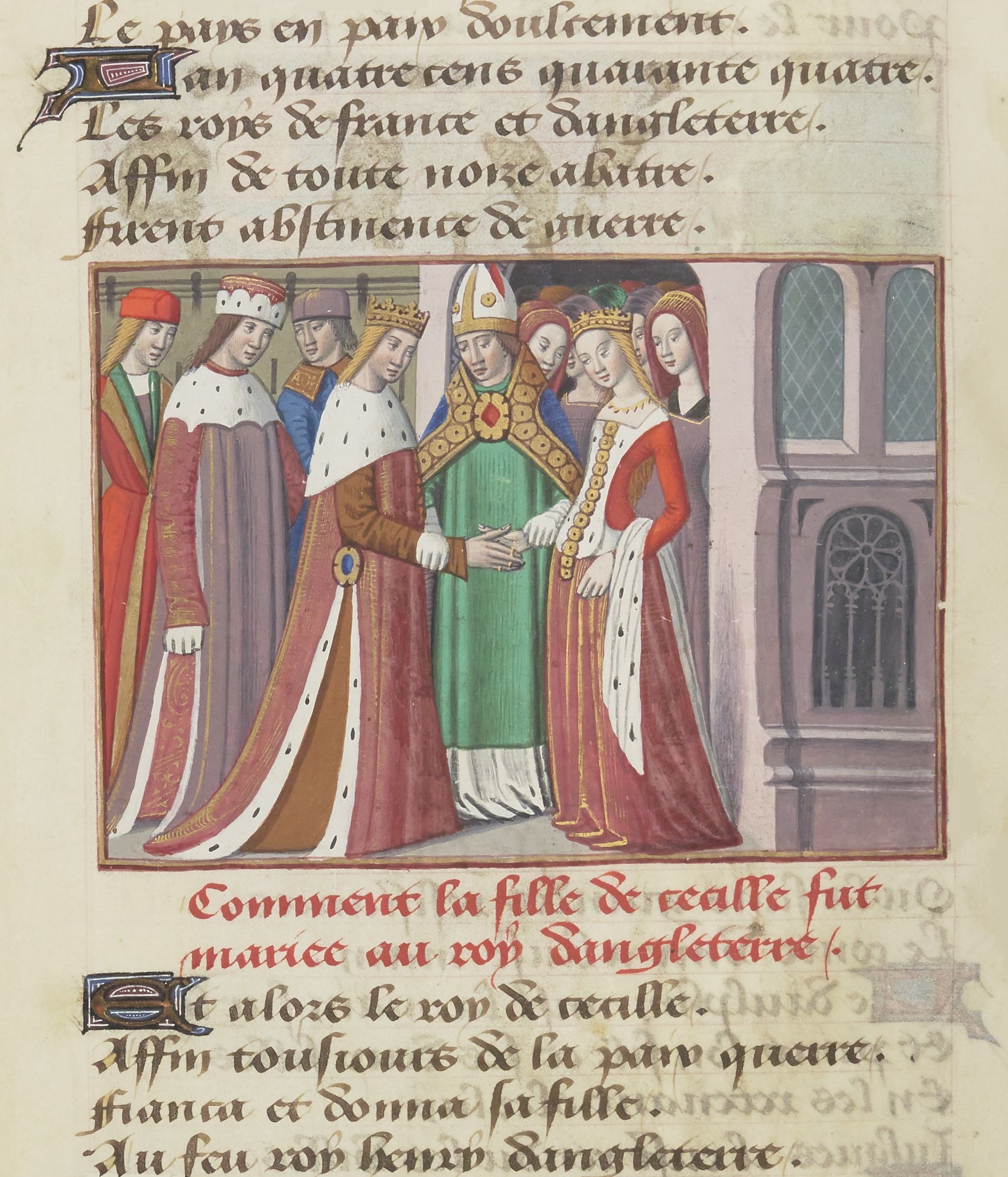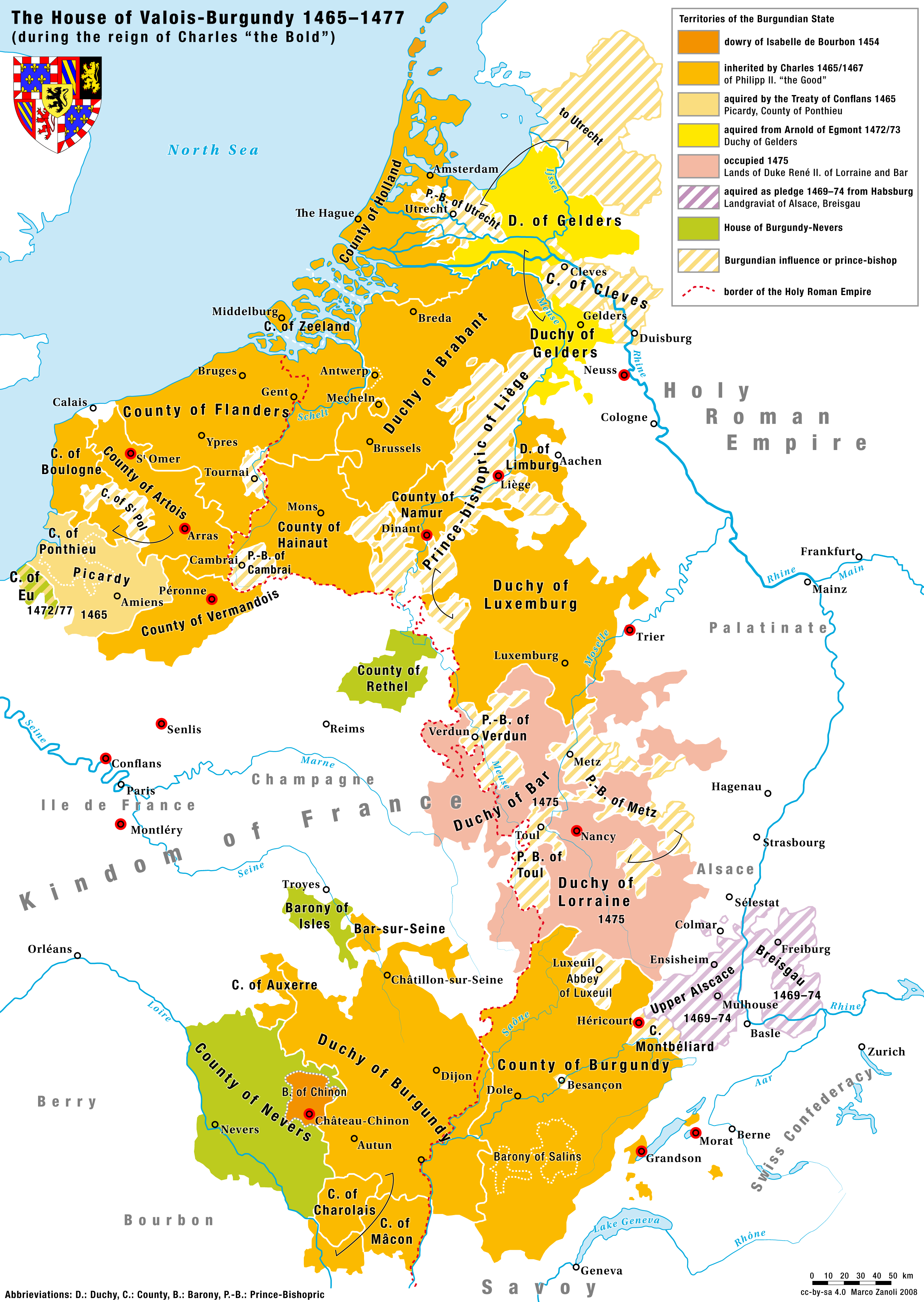|
Anne Of Geierstein
''Anne of Geierstein, or The Maiden of the Mist'' (1829) is one of the Waverley novels by Sir Walter Scott. It is set in Central Europe, mainly in Switzerland, shortly after the Yorkist victory at the Battle of Tewkesbury (1471). It covers the period of Swiss involvement in the Burgundian Wars, the main action ending with the Burgundian defeat at the Battle of Nancy at the beginning of 1477. Composition and sources In May 1823, when Scott had just finished ''Quentin Durward'' he expressed his intention to 'try in a continuation' the deaths of Charles of Burgundy & Louis XI. Five years later he began ''Anne of Geierstein'', which ends with Charles's death at the battle of Nancy and Louis in the background picking up the territorial spoils. The novel was written between September 1828 and April 1829. Scott was able to draw on his historical sources for ''Quentin Durward'', notably the ''Mémoires'' of Philippe de Comines. He also made use of modern studies of Switzerland, Provence ... [...More Info...] [...Related Items...] OR: [Wikipedia] [Google] [Baidu] |
Walter Scott
Sir Walter Scott, 1st Baronet (15 August 1771 – 21 September 1832), was a Scottish novelist, poet, playwright and historian. Many of his works remain classics of European and Scottish literature, notably the novels ''Ivanhoe'', ''Rob Roy (novel), Rob Roy'', ''Waverley (novel), Waverley'', ''Old Mortality'', ''The Heart of Mid-Lothian'' and ''The Bride of Lammermoor'', and the narrative poems ''The Lady of the Lake (poem), The Lady of the Lake'' and ''Marmion (poem), Marmion''. He had a major impact on European and American literature. As an advocate, judge and legal administrator by profession, he combined writing and editing with daily work as Clerk of Session and Sheriff court, Sheriff-Depute of Selkirkshire. He was prominent in Edinburgh's Tory (political faction), Tory establishment, active in the Royal Highland and Agricultural Society of Scotland, Highland Society, long a president of the Royal Society of Edinburgh (1820–1832), and a vice president of the Society o ... [...More Info...] [...Related Items...] OR: [Wikipedia] [Google] [Baidu] |
Edward IV Of England
Edward IV (28 April 1442 – 9 April 1483) was King of England from 4 March 1461 to 3 October 1470, then again from 11 April 1471 until his death in 1483. He was a central figure in the Wars of the Roses, a series of civil wars in England fought between the Yorkist and House of Lancaster, Lancastrian factions between 1455 and 1487. Edward inherited the House of York, Yorkist claim when his father, Richard, Duke of York, died at the Battle of Wakefield in December 1460. After defeating Lancastrian armies at Mortimer's Cross and Battle of Towton, Towton in early 1461, he deposed King Henry VI and took the throne. His marriage to Elizabeth Woodville in 1464 led to conflict with his chief advisor, Richard Neville, Earl of Warwick, known as the "Kingmaker". In 1470, a revolt led by Warwick and Edward's brother George, Duke of Clarence, briefly Readeption of Henry VI, re-installed Henry VI. Edward fled to Flanders, where he gathered support and invaded England in March 1471; ... [...More Info...] [...Related Items...] OR: [Wikipedia] [Google] [Baidu] |
René Of Anjou
René of Anjou ( it, Renato; oc, Rainièr; ca, Renat; 1409–1480) was Duke of Anjou and Count of Provence from 1434 to 1480, who also reigned as King of Naples as René I from 1435 to 1442 (then deposed as the preceding dynasty was restored to power). Having spent his last years in Aix-en-Provence, he is known in France as the Good King René ( oc, Rei Rainièr lo Bòn; french: Le bon roi René). René was a member of the House of Valois-Anjou, a cadet branch of the French royal house, and the great-grandson of John II of France. He was a prince of the blood, and for most of his adult life also the brother-in-law of the reigning king Charles VII of France. Other than the aforementioned titles, he was for several years also Duke of Bar and Duke of Lorraine. Biography René was born on 16 January 1409 in the castle of Angers. He was the second son of Duke Louis II of Anjou, King of Naples, by Yolanda of Aragon. René was the brother of Marie of Anjou, who married the fu ... [...More Info...] [...Related Items...] OR: [Wikipedia] [Google] [Baidu] |
Aix-en-Provence
Aix-en-Provence (, , ; oc, label= Provençal, Ais de Provença in classical norm, or in Mistralian norm, ; la, Aquae Sextiae), or simply Aix ( medieval Occitan: ''Aics''), is a city and commune in southern France, about north of Marseille. A former capital of Provence, it is the subprefecture of the arrondissement of Aix-en-Provence, in the department of Bouches-du-Rhône, in the region of Provence-Alpes-Côte d'Azur. The population of Aix-en-Provence is approximately 145,000. Its inhabitants are called ''Aixois'' or, less commonly, ''Aquisextains''. History Aix (''Aquae Sextiae'') was founded in 123 BC by the Roman consul Sextius Calvinus, who gave his name to its springs, following the destruction of the nearby Gallic oppidum at Entremont. In 102 BC its vicinity was the scene of the Battle of Aquae Sextiae, where the Romans under Gaius Marius defeated the Ambrones and Teutones, with mass suicides among the captured women, which passed into Roman legends of Germani ... [...More Info...] [...Related Items...] OR: [Wikipedia] [Google] [Baidu] |
Yorkist
The House of York was a cadet branch of the English royal House of Plantagenet. Three of its members became kings of England in the late 15th century. The House of York descended in the male line from Edmund of Langley, 1st Duke of York, the fourth surviving son of Edward III. In time, it also represented Edward III's senior line, when an heir of York married the heiress-descendant of Lionel, Duke of Clarence, Edward III's second surviving son. It is based on these descents that they claimed the English crown. Compared with its rival, the House of Lancaster, it had a superior claim to the throne of England according to Cognatic primogeniture#Male-preference primogeniture, cognatic primogeniture, but an inferior claim according to agnatic primogeniture. The reign of this dynasty ended with the death of Richard III of England at the Battle of Bosworth Field in 1485. It became extinct in the male line with the death of Edward Plantagenet, 17th Earl of Warwick, in 1499. Descen ... [...More Info...] [...Related Items...] OR: [Wikipedia] [Google] [Baidu] |
House Of Lancaster
The House of Lancaster was a cadet branch of the royal House of Plantagenet. The first house was created when King Henry III of England created the Earldom of Lancasterfrom which the house was namedfor his second son Edmund Crouchback in 1267. Edmund had already been created Earl of Leicester in 1265 and was granted the lands and privileges of Simon de Montfort, 6th Earl of Leicester, after de Montfort's death and attainder at the end of the Second Barons' War. When Edmund's son Thomas, 2nd Earl of Lancaster, inherited his father-in-law's estates and title of Earl of Lincoln he became at a stroke the most powerful nobleman in England, with lands throughout the kingdom and the ability to raise vast private armies to wield power at national and local levels. This brought himand Henry, his younger brotherinto conflict with their cousin King Edward II, leading to Thomas's execution. Henry inherited Thomas's titles and he and his son, who was also called Henry, gave loyal service ... [...More Info...] [...Related Items...] OR: [Wikipedia] [Google] [Baidu] |
John De Vere, 13th Earl Of Oxford
John de Vere, 13th Earl of Oxford (8 September 1442 – 10 March 1513), the second son of John de Vere, 12th Earl of Oxford, and Elizabeth Howard, a first cousin of John Howard, 1st Duke of Norfolk (2nd creation), was one of the principal Lancastrian commanders during the English Wars of the Roses. He was the principal commander of King Henry VII's army at the Battle of Bosworth Field, and again led Henry's troops to victory at the Battle of Stoke Field two years later. He became one of the great men of the King's regime. Early life John de Vere, 13th Earl of Oxford, was born on 8 September 1442, the second son of John de Vere, 12th Earl of Oxford (23 April 1408 – 26 February 1462), and his wife Elizabeth Howard (c. 1410–1474), the daughter of Sir John Howard and Joan Walton. In February 1462 the 12th Earl, his eldest son, Aubrey de Vere, and Sir Thomas Tuddenham, the 12th Earl's former political opponent in Norfolk and now a fellow Lancastrian loyalist, were convi ... [...More Info...] [...Related Items...] OR: [Wikipedia] [Google] [Baidu] |
Margaret Of Anjou
Margaret of Anjou (french: link=no, Marguerite; 23 March 1430 – 25 August 1482) was Queen of England and nominally Queen of France by marriage to King Henry VI from 1445 to 1461 and again from 1470 to 1471. Born in the Duchy of Lorraine into the House of Valois-Anjou, Margaret was the second eldest daughter of René, King of Naples, and Isabella, Duchess of Lorraine. Margaret was one of the principal figures in the series of dynastic civil wars known as the Wars of the Roses and at times personally led the Lancastrian faction. Some of her contemporaries, such as the Duke of Suffolk, praised "Her valiant courage and undaunted spirit" and the 16th-century historian Edward Hall described her personality in these terms: "This woman excelled all other, as well in beauty and favour, as in wit and policy, and was of stomach and courage, more like to a man, than a woman." Owing to her husband's frequent bouts of insanity, Margaret ruled the kingdom in his place. It was she w ... [...More Info...] [...Related Items...] OR: [Wikipedia] [Google] [Baidu] |
Strassburg
Strasbourg (, , ; german: Straßburg ; gsw, label=Bas Rhin Alsatian, Strossburi , gsw, label=Haut Rhin Alsatian, Strossburig ) is the prefecture and largest city of the Grand Est region of eastern France and the official seat of the European Parliament. Located at the border with Germany in the historic region of Alsace, it is the prefecture of the Bas-Rhin department. In 2019, the city proper had 287,228 inhabitants and both the Eurométropole de Strasbourg (Greater Strasbourg) and the Arrondissement of Strasbourg had 505,272 inhabitants. Strasbourg's metropolitan area had a population of 846,450 in 2018, making it the eighth-largest metro area in France and home to 14% of the Grand Est region's inhabitants. The transnational Eurodistrict Strasbourg-Ortenau had a population of 958,421 inhabitants. Strasbourg is one of the ''de facto'' four main capitals of the European Union (alongside Brussels, Luxembourg and Frankfurt), as it is the seat of several European institut ... [...More Info...] [...Related Items...] OR: [Wikipedia] [Google] [Baidu] |
Vehmic Court
The Vehmic courts, ''Vehmgericht'', holy vehme, or simply Vehm, also spelt ''Feme'', ''Vehmegericht'', ''Fehmgericht'', are names given to a "proto-vigilante" tribunal system of Westphalia in Germany active during the later Middle Ages, based on a fraternal organisation of lay judges called "free judges" (german: Freischöffen or french: francs-juges). The original seat of the courts was in Dortmund. Proceedings were sometimes secret, leading to the alternative titles of "secret courts" (german: heimliches Gericht), "silent courts" (german: Stillgericht), or "forbidden courts" (german: verbotene Gerichte). After the execution of a death sentence, the corpse could be hanged on a tree to advertise the fact and deter others. The peak of activity of these courts was during the 14th to 15th centuries, with lesser activity attested for the 13th and 16th centuries, and scattered evidence establishing their continued existence during the 17th and 18th centuries. They were finally abolished ... [...More Info...] [...Related Items...] OR: [Wikipedia] [Google] [Baidu] |
Charles The Bold
Charles I (Charles Martin; german: Karl Martin; nl, Karel Maarten; 10 November 1433 – 5 January 1477), nicknamed the Bold (German: ''der Kühne''; Dutch: ''de Stoute''; french: le Téméraire), was Duke of Burgundy from 1467 to 1477. Charles's main objective was to be crowned king by turning the growing Burgundian State into a territorially continuous kingdom. He declared himself and his lands independent, bought Upper Alsace and conquered Zutphen, Guelders and Lorraine, uniting at last Burgundian northern and southern possessions. This caused the enmity of several European powers and triggered the Burgundian Wars. Charles's early death at the Battle of Nancy at the hands of Swiss mercenaries fighting for René II, Duke of Lorraine, was of great consequence in European history. The Burgundian domains, long wedged between the Kingdom of France and the Habsburg Empire, were divided, but the precise disposition of the vast and disparate territorial possessions involved ... [...More Info...] [...Related Items...] OR: [Wikipedia] [Google] [Baidu] |
Basel
, french: link=no, Bâlois(e), it, Basilese , neighboring_municipalities= Allschwil (BL), Hégenheim (FR-68), Binningen (BL), Birsfelden (BL), Bottmingen (BL), Huningue (FR-68), Münchenstein (BL), Muttenz (BL), Reinach (BL), Riehen (BS), Saint-Louis (FR-68), Weil am Rhein (DE-BW) , twintowns = Shanghai, Miami Beach , website = www.bs.ch Basel ( , ), also known as Basle ( ),french: Bâle ; it, Basilea ; rm, label= Sutsilvan, Basileia; other rm, Basilea . is a city in northwestern Switzerland on the river Rhine. Basel is Switzerland's third-most-populous city (after Zürich and Geneva) with about 175,000 inhabitants. The official language of Basel is (the Swiss variety of Standard) German, but the main spoken language is the local Basel German dialect. Basel is commonly considered to be the cultural capital of Switzerland and the city is famous for its many museums, including the Kunstmuseum, which is the first collection of art accessibl ... [...More Info...] [...Related Items...] OR: [Wikipedia] [Google] [Baidu] |



.jpeg/1200px-Aix_(52402216).jpeg)




